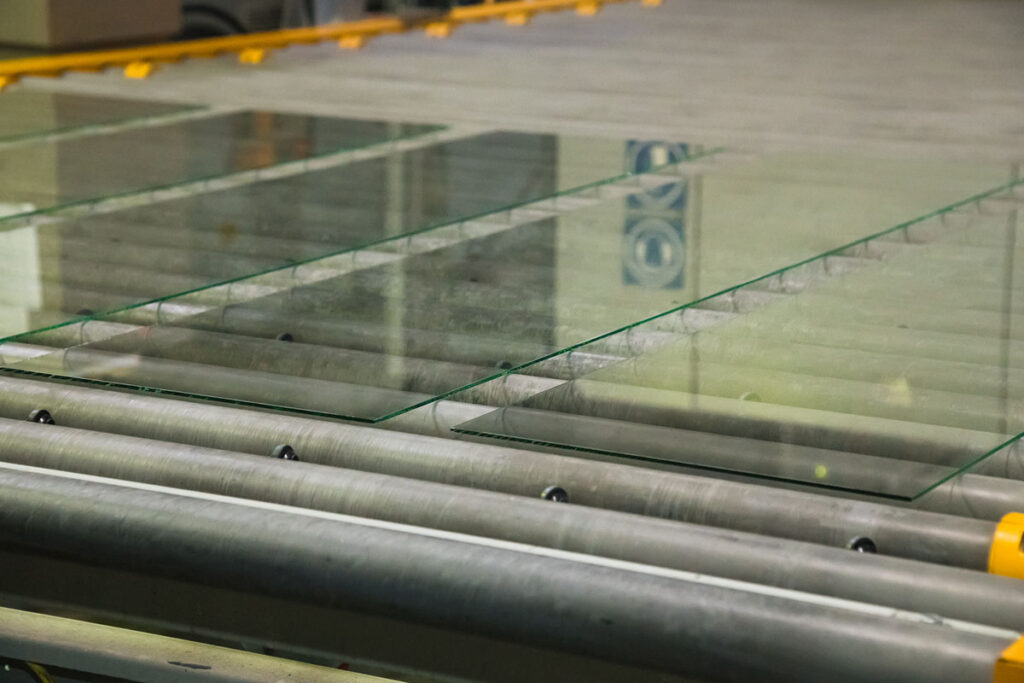Glass Manufacturing
Glass manufacturing, as with Steel and Ceramics, has a long-established process for manufacturing and quality control procedures.
Toughened glass (also called tempered or safety glass) is used in many settings such as Automotive and Construction where greater resilience to impact, compression, and temperature differentials are essential. Additionally, where standard glass breaks into pieces of irregular sizes with sharp edges, toughened glass fractures into regularly sized pieces with blunt edges, and tends to hold form for longer before succumbing to stress.
Float glass is typically the precursor to toughened glass and is used in modern windows. Float glass is flat glass panels strengthened by immersing the product in nickel sulphide baths. This can result in nickel sulphide inclusions within the glass and depending on the size, these can subsequently cause catastrophic failure when exposed to pressure or heat. If this occurs when the glass is in situ, the results can lead to structural failures and even loss of life.
Traditional methods for quality control consist of stress testing the glass with heat until it explodes. This destroys potentially non-compromised glass and requires further firing of the product to remelt and remake – an energy-intensive process which is expensive, wasteful, and releases further carbon into the atmosphere. The exploding plate also causes considerable mess!
i3Dr is using technologies developed through working with the Steel sector to identify, characterise and put in a 3D contextual map, defects within float glass. If defects are detected early, glass can be reworked without the requirement for intensive reheating, thus reducing energy consumption, a key consideration for the fiscal viability of the plant, and also reducing carbon emissions. Early detection also eliminates waste from unnecessary destructive testing.



